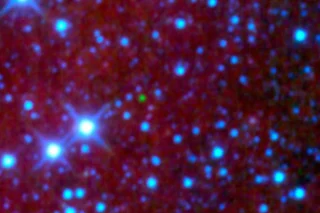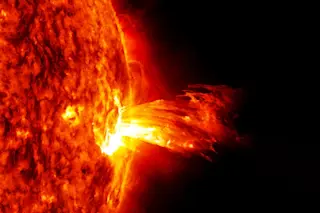Last August NASA scientists offered a first look at a peculiar class of stellar wallflowers called Y dwarfs. Unlike typical stars, which burn steadily at thousands of degrees, the warmest of these Jupiter-size objects are just hot enough to bake cookies—and the coolest barely break room temperature.
Stars form when dense gas clouds collapse under gravity. Normally an infant star heats up until the hydrogen at its center begins to fuse, releasing a flood of energy. But sometimes a star-in-the-making falls short. Too small to ignite that fusion engine, it becomes a “brown dwarf,” slowly bleeding away its heat and eventually reaching the ultracool Y dwarf stage.
Y dwarfs are too faint to be detected by visible-light telescopes, but NASA’s Wide-field Infrared Survey Explorer (WISE) satellite, which can sense infrared heat, picked them up easily. The satellite has found six of them in our galactic backyard, including one that is ...















